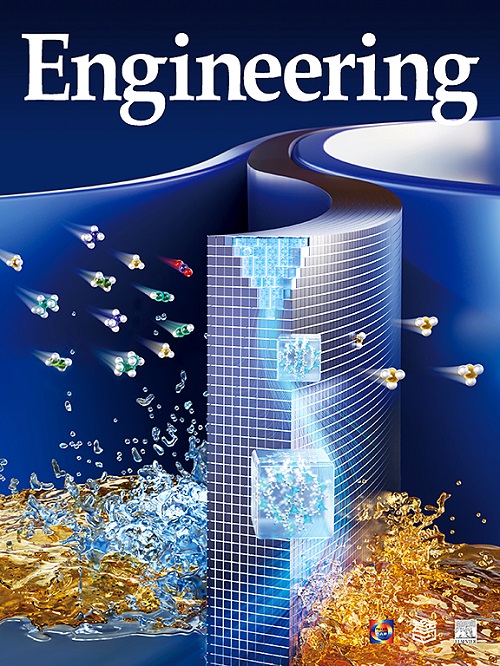Vision-Based Digital Shadowing to Reveal Hidden Structural Dynamics of a Real Supertall Building
IF 10.1
1区 工程技术
Q1 ENGINEERING, MULTIDISCIPLINARY
引用次数: 0
Abstract
Vision-based digital shadowing is a highly efficient way to monitor the health of buildings in use. However, previous studies on digital shadowing have been limited to laboratory experiments. This paper proposes a novel computer-vision-based digital shadow workflow and presents its successful application in a real engineering case. In this case, a 345.8-m supertall building experienced unexpected shaking under normal meteorological conditions. This study established a digital shadow of the building using three-dimensional displacement measurements based on super-resolution monocular vision, revealing the hidden structural dynamics and inherent mechanical reasons for the abnormal shaking. The proposed digital shadowing workflow is a feasible roadmap for developing vision-based digital shadows of real-world structures using low-cost cameras. The abnormal vibration event in the supertall building considered in this study is the first of its type worldwide. The results of this study offer practical strategies and invaluable insights into the prevention and mitigation of this type of global risk, thereby contributing to the lifespan extension of buildings in use worldwide. Furthermore, with the increasing number of general sensing devices, such as surveillance cameras in cities, the proposed method may unleash the immense potential of general sensing devices in achieving the leap from structural health monitoring to city health monitoring.
求助全文
约1分钟内获得全文
求助全文
来源期刊

Engineering
Environmental Science-Environmental Engineering
自引率
1.60%
发文量
335
审稿时长
35 days
期刊介绍:
Engineering, an international open-access journal initiated by the Chinese Academy of Engineering (CAE) in 2015, serves as a distinguished platform for disseminating cutting-edge advancements in engineering R&D, sharing major research outputs, and highlighting key achievements worldwide. The journal's objectives encompass reporting progress in engineering science, fostering discussions on hot topics, addressing areas of interest, challenges, and prospects in engineering development, while considering human and environmental well-being and ethics in engineering. It aims to inspire breakthroughs and innovations with profound economic and social significance, propelling them to advanced international standards and transforming them into a new productive force. Ultimately, this endeavor seeks to bring about positive changes globally, benefit humanity, and shape a new future.
 求助内容:
求助内容: 应助结果提醒方式:
应助结果提醒方式:


